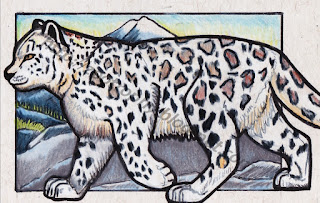Happy Halloween!
The third Arachnid this month, the Spider is probably the most well known of the Class. Spiders are characterised by their eight legs and venom-injecting fangs. With over 45 thousand species identified, they occur on every continent excluding Antarctica and every habitat except the air and the sea. They are almost exclusively carnivorous and use a variety of techniques to hunt. Orb web spiders build sticky webs, in which to trap their prey; wolf and jumping spiders stalk, ambush and pounce; others fling bolas made from web, or use trickery to capture and devour other spiders. Because they are unable to digest solids, Spiders must liquify their prey before consumption. To enable this, they flood it with digestive enzymes and grind it between their pedipalps.
Spiders are useful in pest and insect control, their venom can be used in medicine or pesticides, and the spider silk werbbing can be used to make cloth. Yet they are one of the most commonly feared types of animal in the world. According to statistics, about 50% of women, and 10% of men, are scared of spiders. This may be an instinctual fear, as only a few species are actually harmful to humans and are unlikely to bite unless provoked and trapped. Spiders are beautiful too, they come in an array of colours and shapes.































